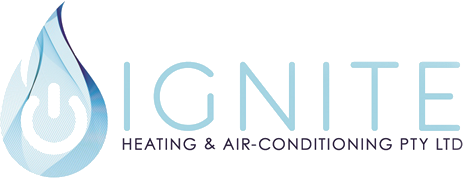Your home’s current conditions may have already allowed your family and visitors to enjoy its ambience and feel. But to ensure that it can stay comfortable for a long time, you must ensure that it will be integrated with systems designed to improve indoor ventilation.
Ventilation is a crucial aspect in home properties as it allows fresh air to move around their closed space. It can often be achieved by introducing outdoor air into the indoor space intentionally, diluting and displacing indoor pollutants, and controlling airborne contaminants. Without proper ventilation, indoor spaces of home properties may be polluted with bad air, which is often comprised of microbes, radon, carbon monoxide, and others. It can also lead to the growth of mould due to the presence of humid indoor air.
Benefits of Proper Indoor Ventilation
Many benefits can be attained once proper indoor ventilation has been achieved and implemented in your home. Some of them are as follows.
• Optimise Air: One of the benefits of proper indoor ventilation is it can provide optimal air control. The airflow inside your home may not be controlled and regulated optimally without any existing ventilation system. And since fresh air enters freely, your energy bills will only increase significantly since other cooling or heating systems have to deal with it. With optimal air control, the amount of fresh air entering your home will be controlled, preventing excessive energy bills and causing health and safety issues.
• Deter Impurities: Sometimes, fresh air can bring desirable changes to your indoor temperature. However, it might be filled with pollutants, moisture, bacteria, and unpleasant odours. With proper indoor ventilation, these elements will be blocked and deterred from bombarding and building up in your place. It also prevents condensation from lingering inside your home, making it free from mould and rotten surfaces. Even illnesses and diseases will be prevented from developing inside your home.
• Reduce Temperatures: Temperatures of your rooms and spaces can depend heavily on your cooling or heating systems. But since you want to save some money, you may maximise fresh air as the source of optimised temperatures. However, the lack of a ventilation system may only bring more warmth to your home during a hot day, preventing you and your family from relaxing and conducting other activities. Proper indoor ventilation, alternatively, can reduce the temperatures of your home effectively.
Installing Indoor Ventilation Systems
If you want to improve the condition of your home, you may want to install the following indoor ventilation systems on your property.
• Whirlybird: A whirlybird is a ventilation system that can exhaust hot air trapped in the roof space, reducing the internal temperature of your rooms and spaces. It can also regulate humidity, reduce condensation, and prevent mould from developing while not using electrical power. It can keep your house cool during summer days.
• Exhaust Fan: An exhaust fan, alternatively, can move airflow inside your property and minimise moisture buildup in the air. These functions can prevent mould and dampness from developing and existing on your property. Exhaust fans can often be found in a bathroom or the kitchen.
• Range Hood: One more indoor ventilation system you can add to your property is a range hood. A range hood is a device with a mechanical fan that can be installed above the stove or cooktop in your kitchen. It can remove combustion products, fumes, smoke, grease, heat, and steam from the air through the evacuation of the air and filtration.
